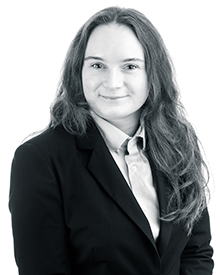From DALL·E 2 to ChatGPT – Does the current legislation protect AI-generated works?
Artificial intelligence (AI) continues to grow quickly in popularity but with no significant changes in legislation, it can still be unclear how it is protected.
Background
OpenAI is an American AI research and deployment company that repeatedly made headlines in 2022 for the likes of DALL·E 2 and ChatGPT. DALL·E 2 is an AI system that can create realistic images and art from a description in natural language, and ChatGPT is an AI chatbot than can provide detailed responses and articulate answers across many domains of knowledge.
Original and fixated images (including art) and essays receive copyright protection in England under sections 3 and 4 of the Copyright, Designs and Patents Act 1988 (CDPA) as literary and artistic works, respectively.
This article briefly considers whether this protection already sufficiently protects the literary and artistic works created by AI, without getting too philosophical or discussing the intricacies of copyright infringement by AI systems.
The current framework
The current legislative framework in England already envisages the possibility of granting copyright over computer-generated works under s.9(3) of the CDPA, with authorship provided to the person who undertook the “arrangements necessary to create the computer-generated work”.
Whilst the above protection was very forward-thinking when it became law in 1988, with the UK remaining to this day one of few countries in the world to provide similar protection for computer-generated works – the concept of originality has since significantly evolved. This has led to some uncertainty about how the computer-generated works provision applies. For example, is submitting a text prompt to an AI system sufficient to be regarded as such “an arrangement necessary to create” the work?
An eye to the future
If Parliament does decide to further develop the law in this area to keep up-to-date with fast-pacing technological innovations, they will likely have three main avenues to follow:
- Clarify or introduce a more flexible understanding of the concept of originality under the CDPA;
- Afford AI-generated works protection under a new right, with the view of recognising the investment AI developers make in this technology; or
- Take the (somewhat controversial) view that copyright should promote and protect human creativity, not machine creativity.
Economic considerations will likely be front and centre of the decision-making process here, with protection for AI-generated works potentially being justified if it incentivises investment in AI.
How this area develops is something to keep an eye on, in the meantime if you have any copyright or other IP related queries that you wish to discuss, you can contact [email protected].

